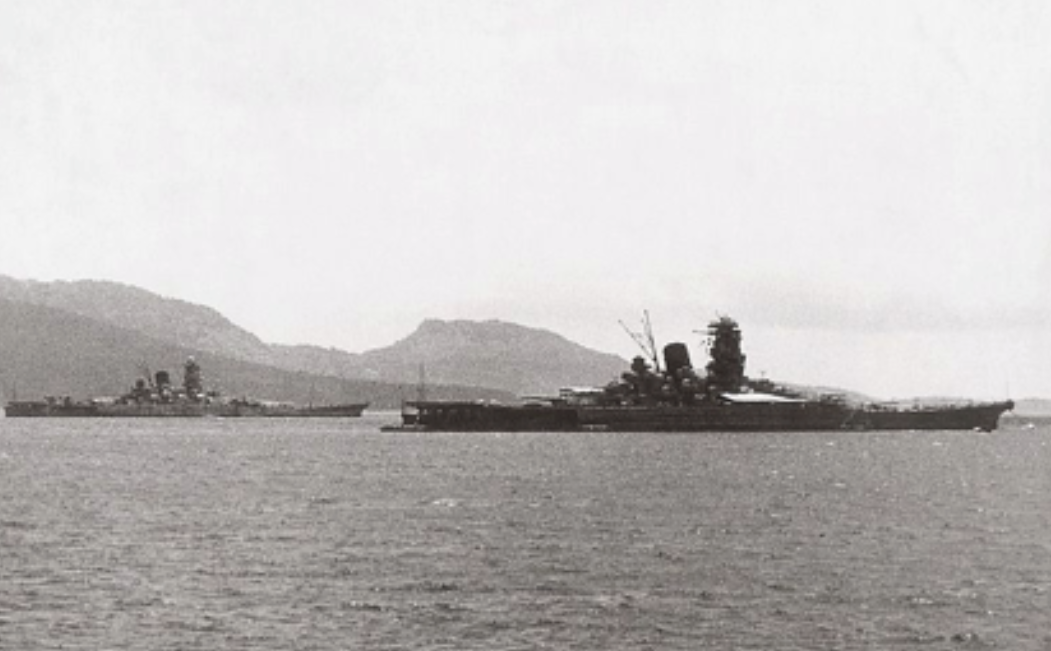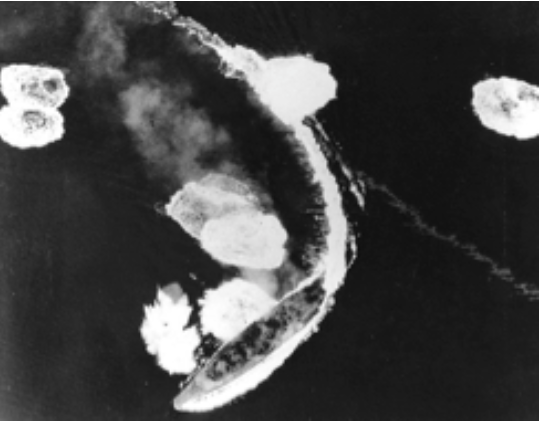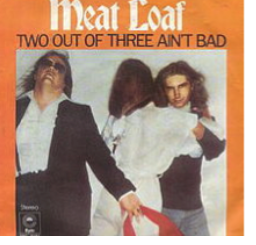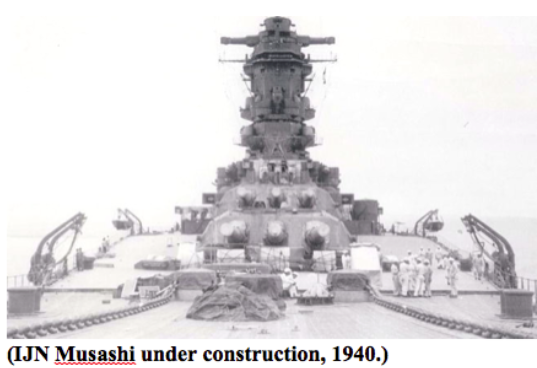We were at Willow, like duh, and the folks up and down the bar from the Amen Corner were a shifting lot, but the core group was mostly there. Left Coast Guy was talking to Old Jim. The Lovely Bea was snapping pictures, and Jon-no-H was standing in fashionable dishabille, his bow tie elegant but his jacket draped informally across a chair.
There was a new face behind the bar, that of an athletic Hispanic guy with dark good looks and an efficient manner. He joined Liz-with-an-S and Jasper in trying to meet the needs of the thirsty happy hour crowd. I was having a hell of a time with his name. I finally asked him to write it down, and he carefully wrote “Gerber,” like the baby-food, but pronounced, as best I could tell, Gaaar-Bear. I fingered I could work with it, if he could.
Patrick and Tina blew through the crowd. They were in from Annapolis, Socotra tourists in a way. They are leaving The Swamp for life in the Rockies, and wanted to catch up with the Admiral while they could. Jon-no-H was surprised when they called him that, but we all seem to be getting used to being characters in an on-going mini-series.
P&T were in from Annapolis, part of Admiral Mac’s growing fan club.
Mac himself was seated next to me, enormously satisfied with the consistency of his second Sierra Nevada lager, which Liz-S had thoughtfully stocked just for him.
The manila envelope on the bar in front of me, next to the tulip glass half-full of a modest but tasty Pinot Grigio, that held the obituaries and the copy of Arlington Magazine with the article about executive chef Tracy O’Grady was nearly covered with random notes and quotes.
“So, the most famous picture of world War II went through you for release,” I said in wonder.
“Yes,” said Mac briskly. “Certainly did in my capacity as security review for PubInfo. Nothing classified in the picture, and so it went on the wire and was in hundreds of newspapers the next day.”
“As the most famous picture of the biggest conflict in Human History, arguably, it might be the most significant picture ever taken.”
“Until the next one,” said Mac with a smile.
“It is incredible,” I said. “I just wanted to track down the story of the two Japanese super battleships. The other night you said Station HYPO had a role in sinking them both.”
“That is not exactly what I said. I said we got two of them. There were three.”
“I looked it up, Admiral. There were only two ships of the Yamato-class super dreadnaught- her and the Musashi.”
“That is right, as far as it goes, but therein lies the story. There was a third hull of the class, but they altered the design to make it an aircraft carrier after the loss at Midway. It was to be a huge ship, capable of ferrying aircraft, parts and pilots to other fast carrier operating forward. She was the Shinano.” Which he then spelled for me, a great aid when I look at the scrambled notes over a cup of steaming hot Dazbog-brand Russian roast coffee the next morning.
“These ships were post-Treaty of Washington ships, right?” I asked.
“Yes. They were enormous- and we knew nothing about them.”
“Even with American officers like Joe Rochefort and Eddie Layton studying the Japanese language there?”
“They were very clever about hanging bamboo curtains around the building ways at Nagasaki and Yokosuka when they abandoned the restrictions of the Washington Naval Treaty. They built them under great secrecy.”
“I remember the ratio from a college course I took,” I said. “5:5:3 for the Brits, us and the Japanese.”
“And 2 and 2 for the French and Italians,” said Mac with a smile. “Not that it had anything to do with the Pacific War, except that most of the ships in the early days were still the ones limited to 35,000 tons and equipped with main batteries that could not exceed 16-inches.”
“How big were the Yamato hulls?” I asked.
Mac wrinkled his brow in concentration. “Massive. They were at least 850 feet, length overall, and more than 70,000 tons. That is longer than our Essex-class fleet carriers were, and twice the displacement.”
“Jesus. That is huge.”
“Oh, yes. We discovered later that the launch of Musashi was such a massive effort that when the hull slid into the water it created a small Tsunami. They covered the whole thing by staging a city-wide air raid drill in Nagasaki to keep everyone in their homes.”
“So when did HYPO identify them?” I asked, putting down my pen and taking a sip of wine.
“Some time late in 1942, I think. Mushasi was handed over to the Navy for commissioning in June or something. We started to identify the call-signs in the JN-25 radio traffic and finally correlated them to the super battleships. We were not spoiled like you guys were by having satellite imagery of the ports and building halls.”
“That did make a lot of things easier,” I said, picking up the pen. “But the Russians were pretty cagey about building their submarines in covered building halls.”
“They have to come out sooner or later. And that was the issue with the Yamato-class ships. They spent most of their operational lives in port at Brunei, Truk Atoll and Kure.”

(IJN Musashi and Yamato in port Brunei 1944.)
“The Germans had the same problem with the pocket battleship Tirpitz. She got bottled up in Norway and they never accomplished anything with her.”
“No, not quite true. The very existence of those ships made us consider them a threat at any time.”
“But they were dinosaurs, right? Even if the main guns could shoot for 35 miles, that is nothing compared to the range of carrier aviation.”
Mac nodded. “And after Midway and then the Great Marianas Turkey Shoot, the IJN was essentially out of the carrier business. They threw Musashi into the Battle of Leyte Gulf, and Naval air sank her when she was in the San Bernadino Strait as part of Admiral Kurita’s Center Force.”
“Did HYPO provide locating data on her?”
Mac shook his head. “I am sure we helped with Kurita’s general intent, but the Airdales got her dead to rights. They sank her on 24 October.”
“So that is one that HYPO can’t take credit for.”
“Yes, but we had the new carrier nailed. She was built in Yokosuka, and we decrypted the OpOrder directing her to proceed to the Inland Sea for fitting out. We managed to get her navigation plan to Archerfish, a fleet boat that was providing SAR services for the bomber crews that had to ditch. There were no raids scheduled that day, and Joe Enright managed to get six torpedoes into Shinano. It was the largest aircraft carrier ever sunk, and only ten days after her commissioning. Joe got the Navy Cross for that one.”
(IJN Shinano on sea trials.)
“Ok,” I said. “So HYPO was one for two. Did you identify the plans for Yamato?”
“Yep.” Mac took a sip of Sierra Nevada. “We invaded Okinawa on April Fool’s Day 1945. The Japanese response was to organize Operation Ten-Go, a suicide mission for Yamato. We had her voyage instructions, which were for a one-way mission. She only had enough fuel to get down to the island from Kure. Then she was supposed to expend all her ammunition and run herself aground as an unsinkable gun emplacement and fight to the end.”
“Didn’t work out that way,” I said and drained my glass of Pino Grigio.
“No, it didn’t. HYPO was able to provide the course and timing of her transit and two subs picked her up near the Bungo Strait. They reported contact to the carrier strike force, since they could not keep up with Yamato and her escorts. They were zig-zagging at twenty-two knots. Admiral Marc Mitscher’s group launched nearly three hundred aircraft and caught her about mid-day on the 7th of April.”

(The 72,000-ton Japanese battleship Yamato, pride of the Imperial Fleet, maneuvers evasively at a brisk 15 to 20 knots prior to attack. One fire can be observed amidships from previous attacks, but at this point no list has developed. Photographed from a USS Yorktown (CV-10) plane. Collection of Fleet Admiral Chester W. Nimitz, USN.)
“Three hundred aircraft?” I whistled. “Our whole airwing on Forrestal only had around seventy planes. That is impressive.”
“It was. And that was the end of the Yamato, the first and last of her sisters.”
“She is still a popular cultural icon in Japan,” I said. “A symbol of advanced technical capabilities.”
“The word ‘Yamato’ is sometimes used as a poetic name for Japan. So, in a way, the end of the super-battleship Yamato is a metaphor for the end of the Empire of Japan.”
“It is sort of like that Meatloaf song,” I said, waving to get GaaarBears attention and maybe just a finger or two of wine to finish out the session.
Mac looked puzzled. “Meatloaf?”
“Sorry, Admiral. I forget sometimes we are from different eras. Meatloaf was a huge rock star- literally- back in the late seventies when I came into the Navy. His biggest song was “Two out of three ain’t bad.”
Mac contemplated that for a moment and then nodded in agreement. “No, I suppose it’s not, is it?”

Copyright 2017 Vic Socotra
www.vicsocotra.com


